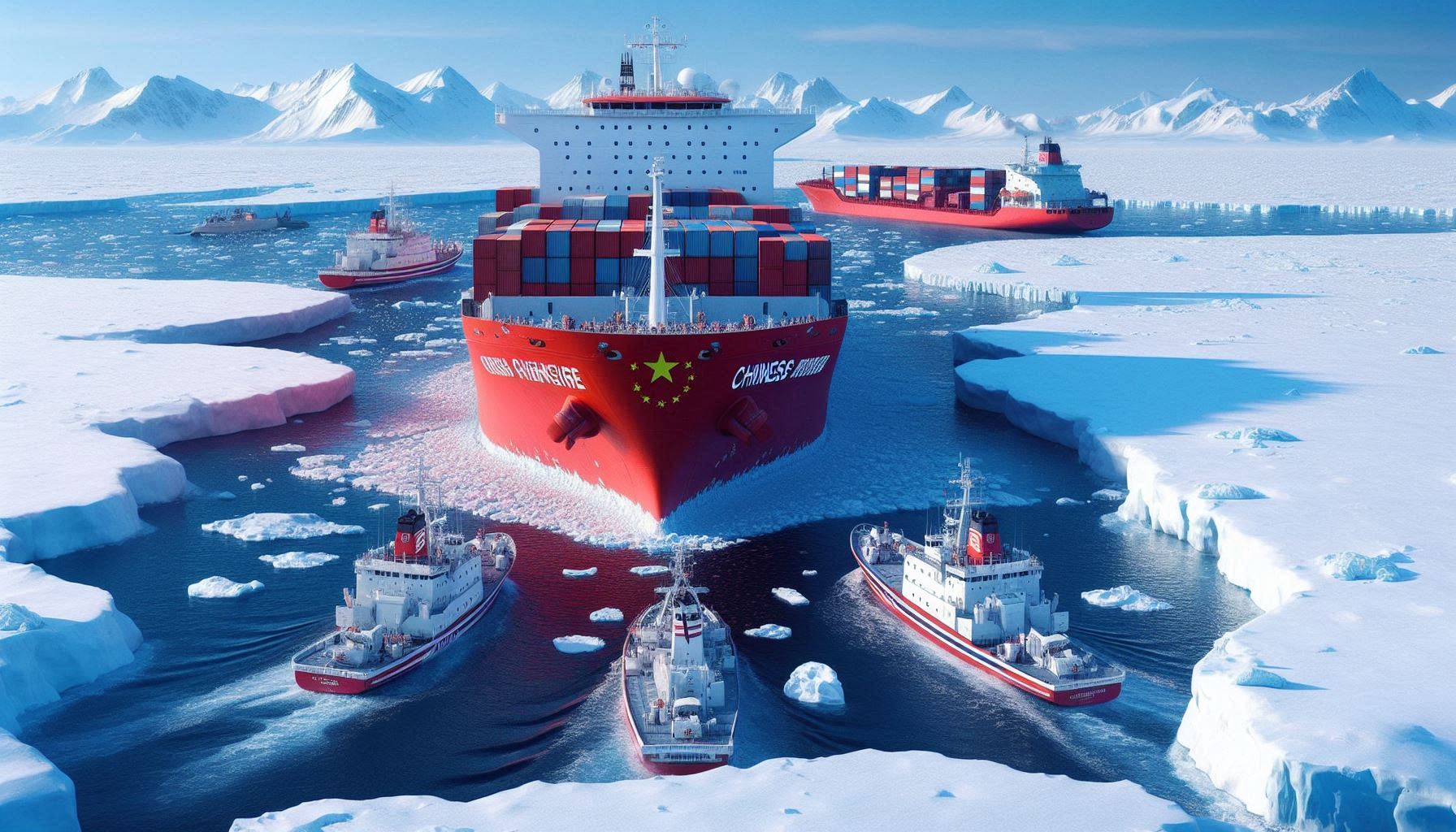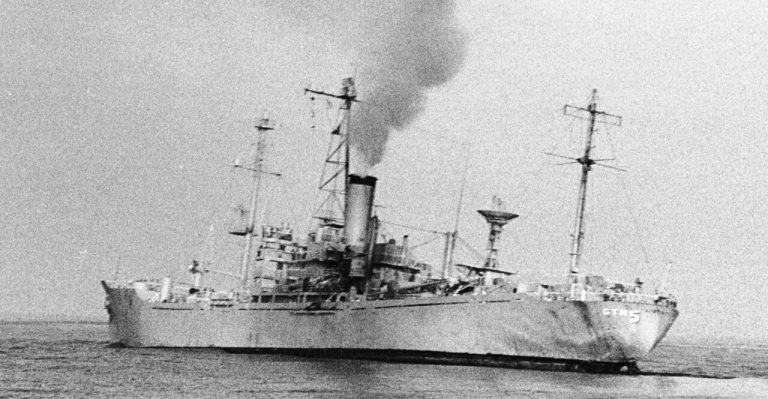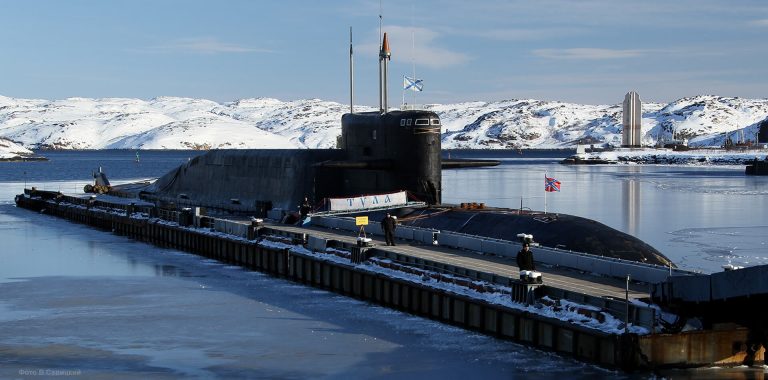The Arctic, once considered a frozen wasteland, is now becoming one of the most strategically important regions in the world. As the ice melts due to climate change, it is unlocking new shipping routes, untapped natural resources, and fresh opportunities for military power projection. The United States, Russia, and China are all racing to strengthen their presence in this icy frontier. But why are they so interested in the Arctic? What’s at stake? And what does it mean for global security and trade?
Let’s explore why this cold, remote part of the world is heating up in terms of geopolitics.
Arctic: A New Global Chessboard
The Arctic holds huge amounts of natural resources, including:
- 30% of the world’s undiscovered natural gas
- 13% of its undiscovered oil
- Rare earth metals
- Fisheries and fresh water
But that’s not all. The Arctic Ocean is becoming a shortcut for global trade. The Northern Sea Route (NSR) cuts the shipping distance between Europe and Asia by up to 40% compared to the Suez Canal. That means faster and cheaper delivery of goods, which is a game changer for global commerce.
At the same time, the Arctic is also becoming a place where military power matters. Control over this region could mean dominance over the northern hemisphere’s air and sea routes.
Why the United States Cares
For decades, the US had a limited Arctic presence. It relied mostly on Alaska and a few Coast Guard icebreakers. But now, with Russia growing aggressive and China entering the picture, the US is waking up.
Strategic Concerns:
- The Arctic gives a direct path between Russia and North America for long-range bombers and ballistic missiles.
- With thawing ice, US Navy submarines and warships can operate more freely—and so can enemies.
- America’s NORAD (North American Aerospace Defense Command) is on high alert to watch the Arctic skies for any potential threats.
Economic Interests:
- US oil and gas companies are eyeing drilling opportunities in Alaska and offshore.
- There is growing interest in building ports, infrastructure, and airfields to support Arctic trade and defense.
In 2022, the US reactivated its Arctic Strategy, investing in new icebreakers, radar systems, and closer cooperation with allies like Canada, Denmark (Greenland), and Norway.
Russia’s Arctic Empire
Russia has the longest Arctic coastline in the world and views the region as its strategic backyard. It has heavily militarized the Arctic in recent years, reopening Cold War-era bases and installing radar stations, missile systems, and airfields.
Why It Matters for Russia:
- Nuclear Deterrence:
Russia’s powerful nuclear submarines operate from bases on the Kola Peninsula, near the Arctic Ocean. This area allows its submarines to hide under thick ice and launch missiles if needed. The “Bastion Defense” strategy helps shield these submarines from detection and attack. - Energy and Trade:
Over 20% of Russia’s GDP is linked to Arctic oil and gas projects. The NSR gives Russia control over major shipping lanes and offers it leverage in global energy markets. - Military Edge:
Russia has built dozens of new Arctic military facilities since 2014, including airbases that can launch fighter jets and long-range bombers. It also conducts regular exercises in the region to show strength.
China’s Silent Entry into the Arctic
China isn’t an Arctic country by geography, but that hasn’t stopped it from calling itself a “near-Arctic state.” Over the last decade, China has made a quiet but steady push to increase its influence in the region.
How China Is Expanding Its Arctic Role:
- Scientific Research and Icebreakers:
China has built powerful icebreakers like Xuelong (Snow Dragon) and invested in Arctic research stations. These are not just for science—they also map the terrain and sea routes for future use. - Arctic Trade Routes:
China wants to develop the “Polar Silk Road,” part of its larger Belt and Road Initiative. This includes shipping goods through the Northern Sea Route, in partnership with Russia. - Investment and Diplomacy:
China has tried to invest in ports, mines, and infrastructure in Greenland, Iceland, and Norway. While some offers were rejected over security fears, China keeps looking for a foothold. - Military Ambitions (Long-term):
While not openly militarizing the Arctic yet, China’s growing naval strength and partnership with Russia could one day allow Chinese submarines and warships to operate in these waters.
Arctic Tensions: A Modern Cold War?
As these powers move into the Arctic, tensions are rising. Here’s what could go wrong:
- Territorial Disputes: Countries are filing claims over the Arctic seabed at the UN, including overlapping areas rich in resources.
- Military Showdowns: More military drills and patrols mean more chances for accidents or confrontations.
- Environmental Risks: Oil spills, overfishing, and melting ice threaten fragile ecosystems.
In some ways, the Arctic is becoming a new Cold War zone, where submarines, drones, and satellite systems quietly compete for dominance—out of public view.
What the Future Holds
The Arctic isn’t just about ice and polar bears anymore. It’s about power, wealth, and survival. As the ice melts, the map of the world is being redrawn—literally.
- The US will need to catch up with Russia’s military and infrastructure lead.
- Russia will continue to rely on the Arctic for energy and nuclear deterrence.
- China will expand economically while watching for future military options.
Countries like Canada, Norway, and Denmark also have big stakes and are increasing their presence. The Arctic Council, a diplomatic group of Arctic states, tries to keep peace, but its influence is weakening as competition intensifies.
Growing Ambitions
The Arctic is no longer a frozen afterthought. It’s becoming one of the world’s most contested regions. The US, Russia, and China are racing to claim their place in the last true frontier—each for different reasons, but all with major consequences.
Whether it becomes a zone of conflict or cooperation will depend on diplomacy, environmental responsibility, and how wisely global powers manage their growing ambitions.
For now, the Arctic is up for grabs—and the world is watching.







